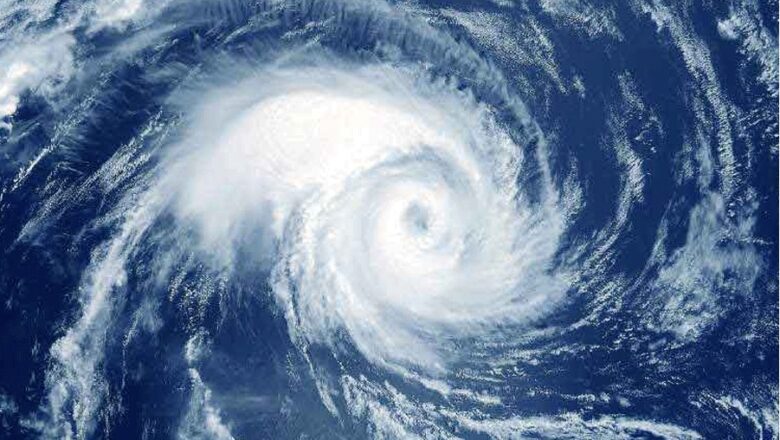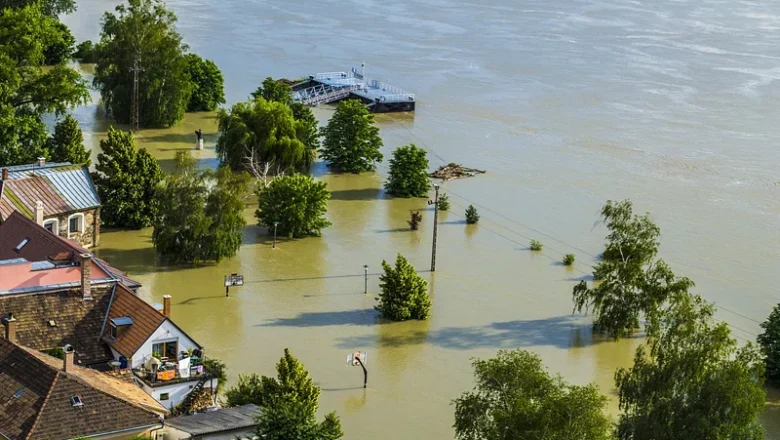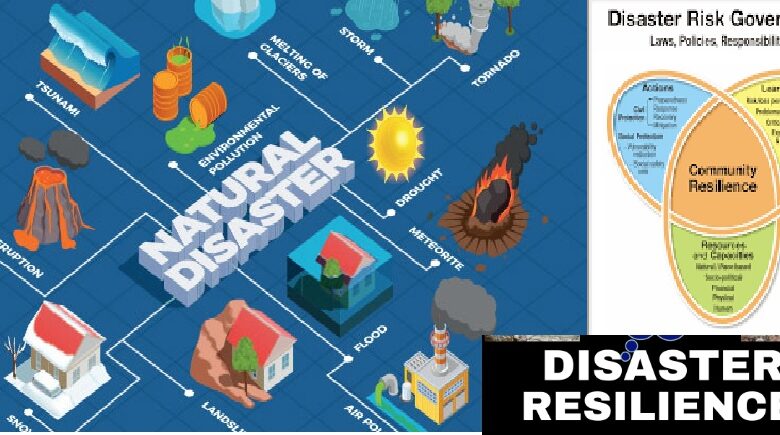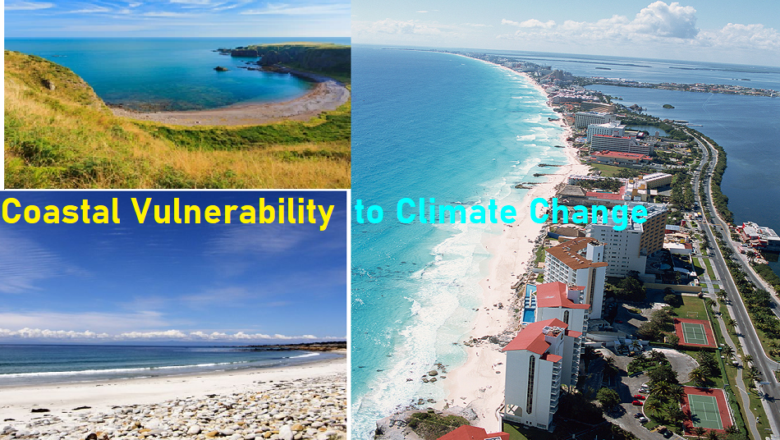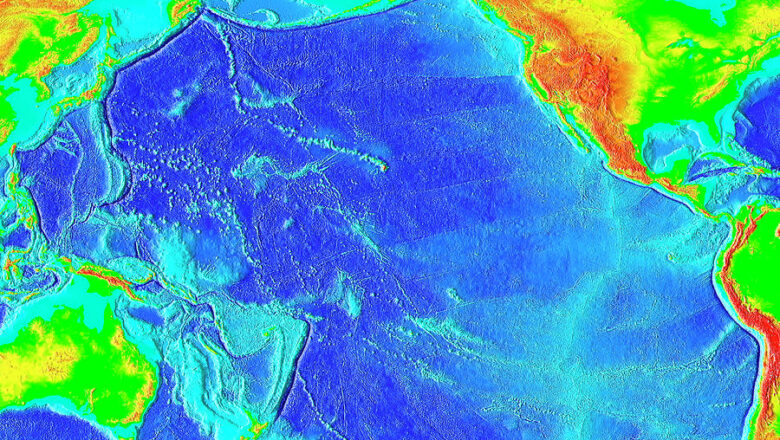
Oak Ridge National Laboratory’s Advanced 3D Modeling Framework for Predicting Flood Risks
Scientists at the Department of Energy's Oak Ridge National Laboratory (ORNL) have developed a cutting-edge 3D modeling framework to predict long-term flooding risks by capturing the intricate dynamics of water flow across landscapes. This tool is designed to provide crucial insights into community vulnerabilities as climate conditions change, specifically for urban areas like Southeast Texas.
Framework Overview
The model offers powerful capabilities for urban planning, generating robust estimates of both frequent and rare flood events by simulating physical processes that turn rainfall into runoff. By incorporating factors such as land cover, soil properties, and land slope, along with population density data, the framework provides a comprehensive perspective on flood risks across ...

